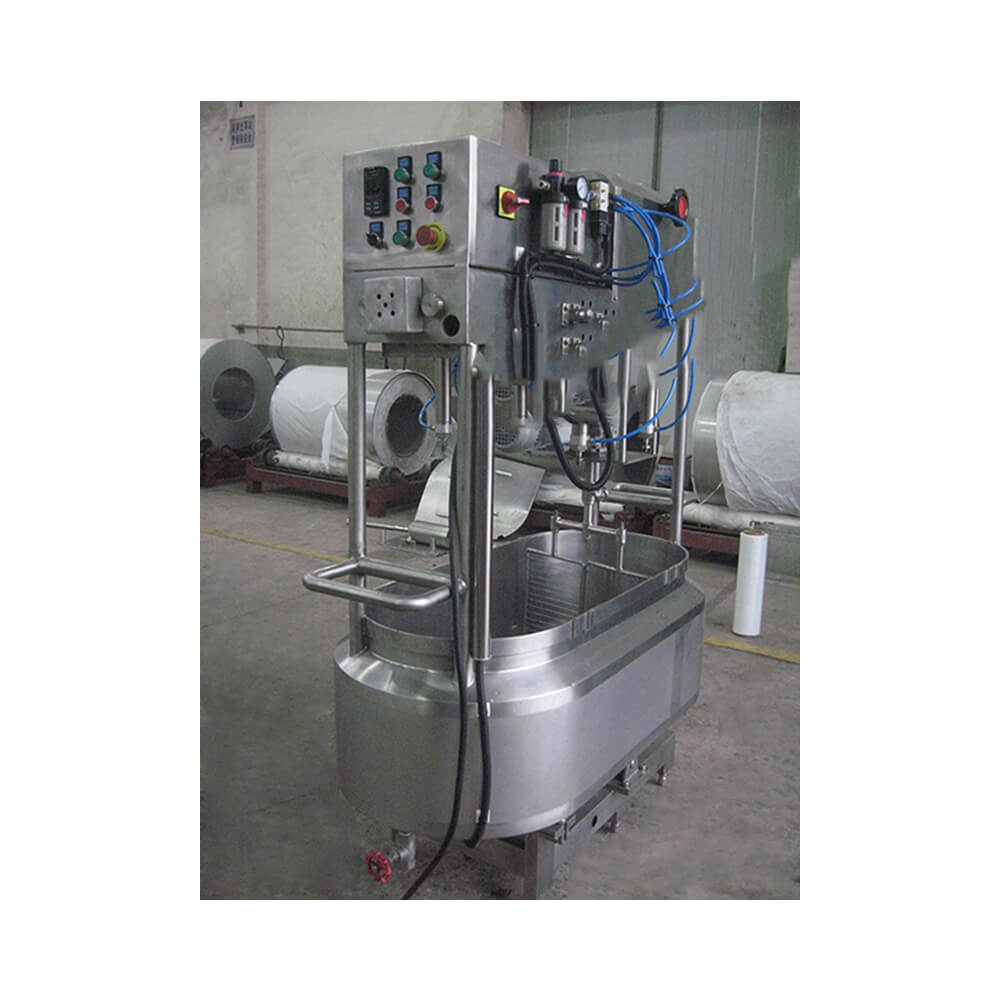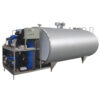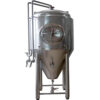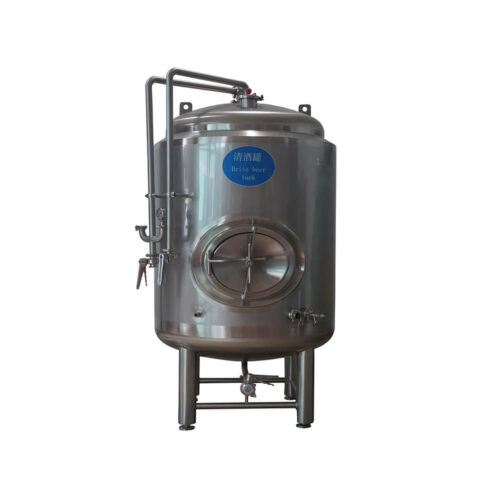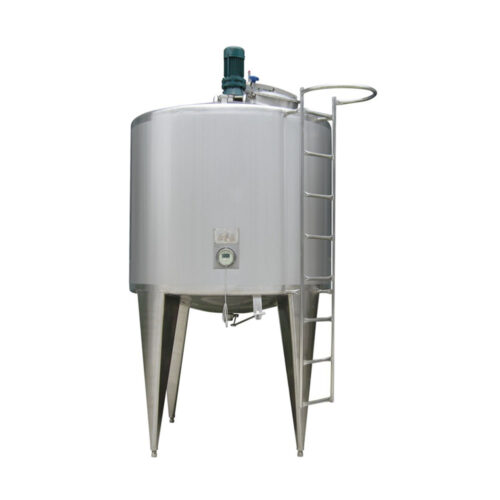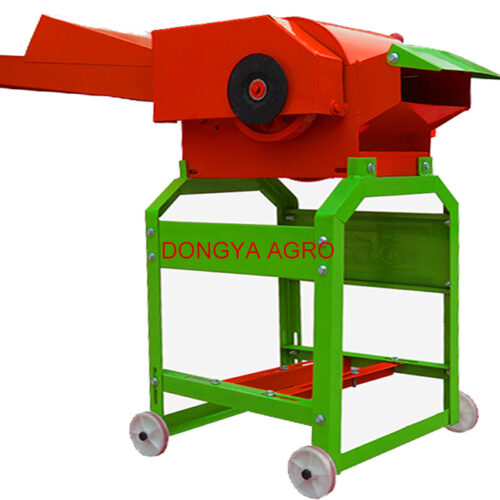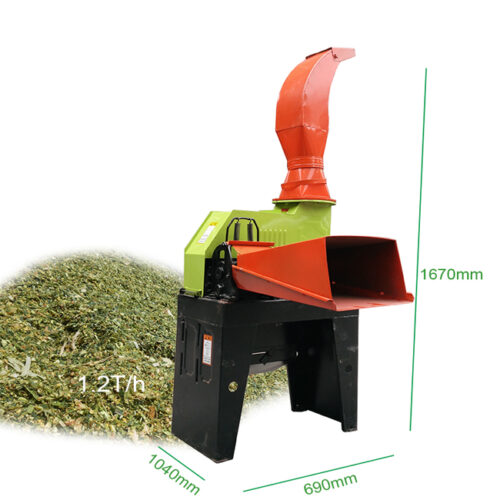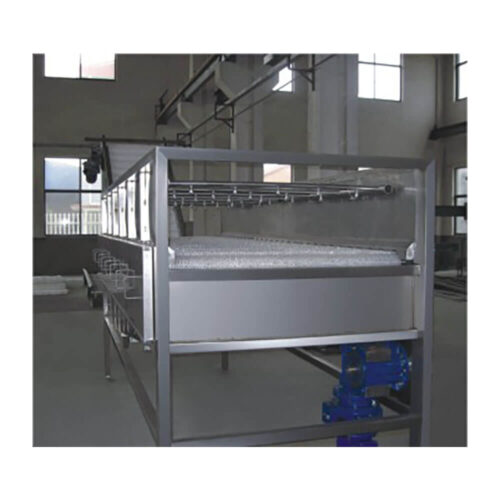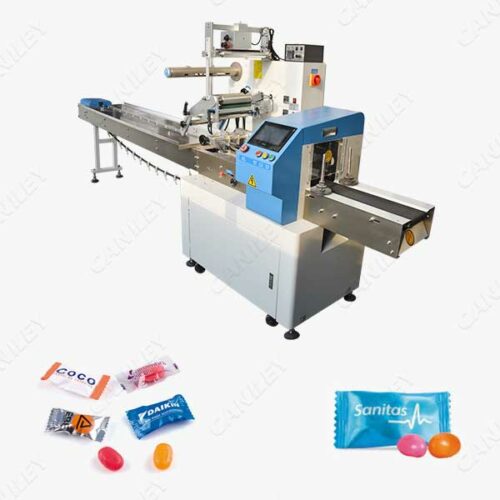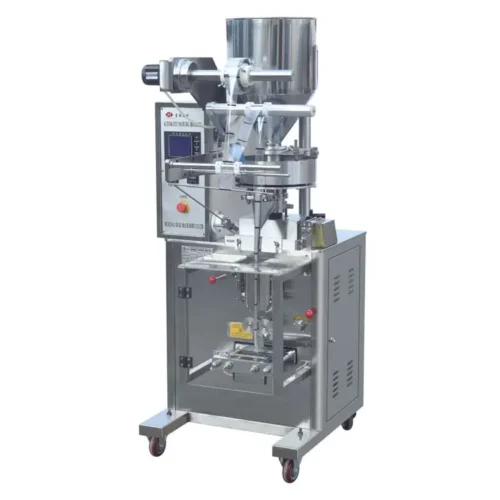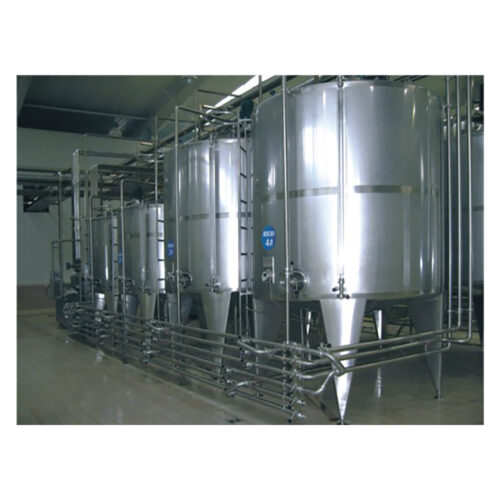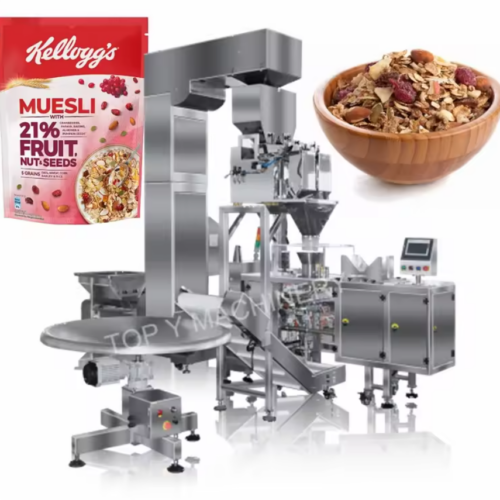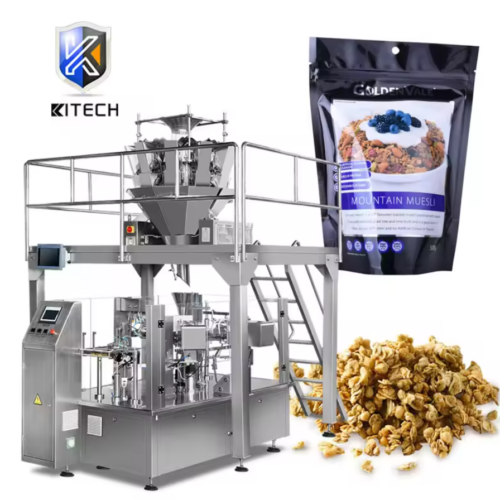Cheese, a beloved dairy product with a rich history, has been a staple in many cultures for centuries. The art of cheese-making is a delicate balance of science and tradition, and at the heart of this process lies the cheese vat. A cheese vat is not just a container; it's a vessel where the magic of transformation takes place, turning milk into delicious cheese.
The Evolution of Cheese Vats
The journey of cheese vats is as old as cheese itself. Ancient civilizations used clay pots and wooden containers to make cheese. As time progressed, the need for more efficient and hygienic methods led to the development of metal vats. Today, with technological advancements, cheese vats have become sophisticated pieces of equipment, designed to ensure consistency, quality, and efficiency in the cheese-making process.
Types of Cheese Vats
There are various types of cheese vats, each designed for specific cheese-making processes:
- Open Vats: Traditional and simple, these are open containers where milk is poured, heated, and ingredients are added.
- Oscillating Vats: These vats have a mechanism that gently rocks the milk, ensuring even heat distribution and consistent curd formation.
- Rectangular Vats: Ideal for large-scale production, these vats offer more surface area and are often used in commercial cheese-making setups.
The Role of Stainless Steel in Cheese Vats
Stainless steel has become the material of choice for modern cheese vats. Its non-reactive nature ensures that the milk's properties remain unaltered. Additionally, stainless steel is easy to clean, ensuring hygiene, and its durability means that the vat will serve its purpose for years without wear and tear.
The Process of Cheese Making Using Vats
The cheese-making process, though intricate, can be broken down into a few essential steps:
- Preparation: The milk is poured into the vat and heated to a specific temperature.
- Adding Ingredients: Rennet and starter cultures are added to initiate the fermentation process.
- Curd Formation: The milk starts to coagulate, forming curds and whey.
- Cutting and Cooking: The curds are cut to release whey and then cooked to achieve the desired texture.
- Draining and Molding: The whey is drained, and curds are transferred to molds to give the cheese its shape.
Benefits of Using Modern Cheese Vats
Modern cheese vats offer numerous advantages:
- Efficiency: Advanced temperature controls ensure faster and consistent cheese production.
- Quality: Uniform heat distribution ensures consistent curd formation, leading to better cheese quality.
- Hygiene: Easy-to-clean designs and stainless steel construction ensure the highest hygiene standards.
Questions International Buyers Should Ask Chinese Suppliers
When considering purchasing cheese vats, especially from international suppliers like those in China, it's essential to be well-informed. Here are some pivotal questions buyers should ask:
- What is the material used in the construction of the vat?
- Ensuring the vat is made of high-quality stainless steel is crucial for durability and hygiene.
- Does the vat come with temperature control features?
- Precise temperature control is vital for consistent cheese-making.
- What is the capacity of the vat?
- Depending on production needs, understanding the vat's size and volume is essential.
- Is there a warranty or guarantee on the product?
- This provides assurance about the product's quality and the manufacturer's confidence in it.
- Are there any references or reviews from previous buyers?
- Feedback from other buyers can provide insights into the product's performance and the supplier's reliability.
- What are the customization options available?
- Depending on specific needs, understanding customization possibilities can be beneficial.
- How is the vat cleaned and maintained?
- Easy cleaning and maintenance processes ensure longevity and hygiene.
- What are the shipping and delivery timelines?
- For planning purposes, knowing when the product will arrive is essential.
- Are there any additional costs, like shipping, taxes, or duties?
- Hidden costs can affect the overall budget, so it's crucial to be clear upfront.
- What after-sales support is provided?
- Good after-sales service ensures that any issues post-purchase are addressed promptly.
Maintenance and Cleaning of Cheese Vats
Maintaining and cleaning cheese vats is paramount to ensure the quality of the cheese and the longevity of the equipment:
- Regular Cleaning: After each cheese-making session, the vat should be cleaned to remove any milk residues and prevent bacterial growth.
- Sanitization: Beyond cleaning, it's crucial to sanitize the vat to eliminate any microbial contaminants. This ensures the cheese remains pure and uncontaminated.
- Inspection: Periodically inspect the vat for any signs of wear, corrosion, or damage. Addressing issues early can prevent more significant problems down the line.
- Temperature Checks: Ensure the temperature control systems are working correctly. Regular calibration can help maintain accuracy.
- Seal and Valve Checks: Ensure that all seals are intact and that valves operate smoothly. This prevents leaks and ensures efficient operation.
FAQ Tips
- How does a cheese vat differ from other dairy equipment?
- A cheese vat is specifically designed for the cheese-making process, with features that facilitate curd formation, temperature control, and ease of draining.
- Why is temperature control so crucial in cheese-making?
- Different cheeses require specific temperatures for fermentation. Precise temperature control ensures the desired texture, flavor, and consistency of the cheese.
- Can I make different types of cheese in the same vat?
- Yes, a cheese vat is versatile. However, thorough cleaning and sanitization between batches are essential to prevent cross-contamination.
- How long does the cheese-making process take in a vat?
- The duration varies based on the type of cheese. Some cheeses can be made in a few hours, while others might require days.
- What's the difference between an open vat and an oscillating vat?
- An open vat is a simple container, while an oscillating vat has a mechanism that rocks the milk for even heat distribution and consistent curd formation.
The art of cheese-making is a blend of tradition and technology. In this journey, the cheese vat stands as a testament to human ingenuity, ensuring that the age-old process of turning milk into cheese is efficient, consistent, and of the highest quality. With suppliers like PkgMach offering state-of-the-art cheese vats, the future of cheese-making looks promising, blending the best of the old with the innovations of the new.

